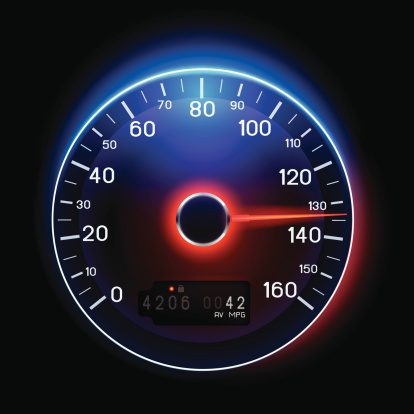Fibonacci sequence makes a handy miles-to-kilometres converter
Famous number series has some unusual properties, including the 1.6 "golden" ratio

Hey running nerds, my roommate just blew my mind. The Fib sequence is a handy kilometer to mile converter. Just take a step to the left
0 1 1 2 3 5 8 13 21 35 56
8k is 5 miles. 21k is 13 miles. Etc. pic.twitter.com/Z8mETGaxcZ
— Kit Fox (@kitfoxwrites) May 30, 2018
Here’s something to entertain yourself on your next long run. You may recall something from high school math class called the Fibonacci series: a sequence of numbers starting at zero, in which the next number is the sum of the two preceding numbers. It looks like this:
0 1 1 2 3 5 8 13 21 34 55 89 144 233 etc.
(You may notice there’s a typo in the tweet above.)
The Fibonacci sequence was named for a mathematician named Leonardo Pisano Bogollo, who lived in 13th century Italy. Fibonacci was his nickname. (It means “son of Bonacci.”) He was also a proponent of Arabic numerals (the kind we use today, as opposed to Roman numerals). We celebrate him on November 23 (because 11/23 is the first four numbers in the series).
The sequence has some mystifying properties, which seem like fantastic coincidences, and which we of limited math ability cannot pretend to understand. (You can read about them here. )
The miles-to-kilometres relationship is just one of them. Suffice to notice that for each number above three, if you think of each number in miles, the next number is pretty close to that number’s equivalent in kilometres. (Three miles is around five kilometres, eight miles is pretty close to 13K, 13 miles to 21K, etc.) Cool, eh?
Admittedly, it’s not exact. But it’s close enough to be interesting. Are you actually going to rely on it when trying to convert miles to kilometres? Probably not. But possibly, if you’re fond of numbers and you know the sequence by heart.
If nothing else, calculating the sequence in your head would be a great distraction during your next long run.


